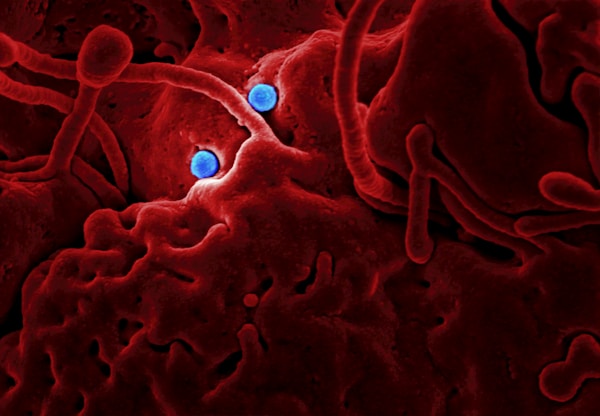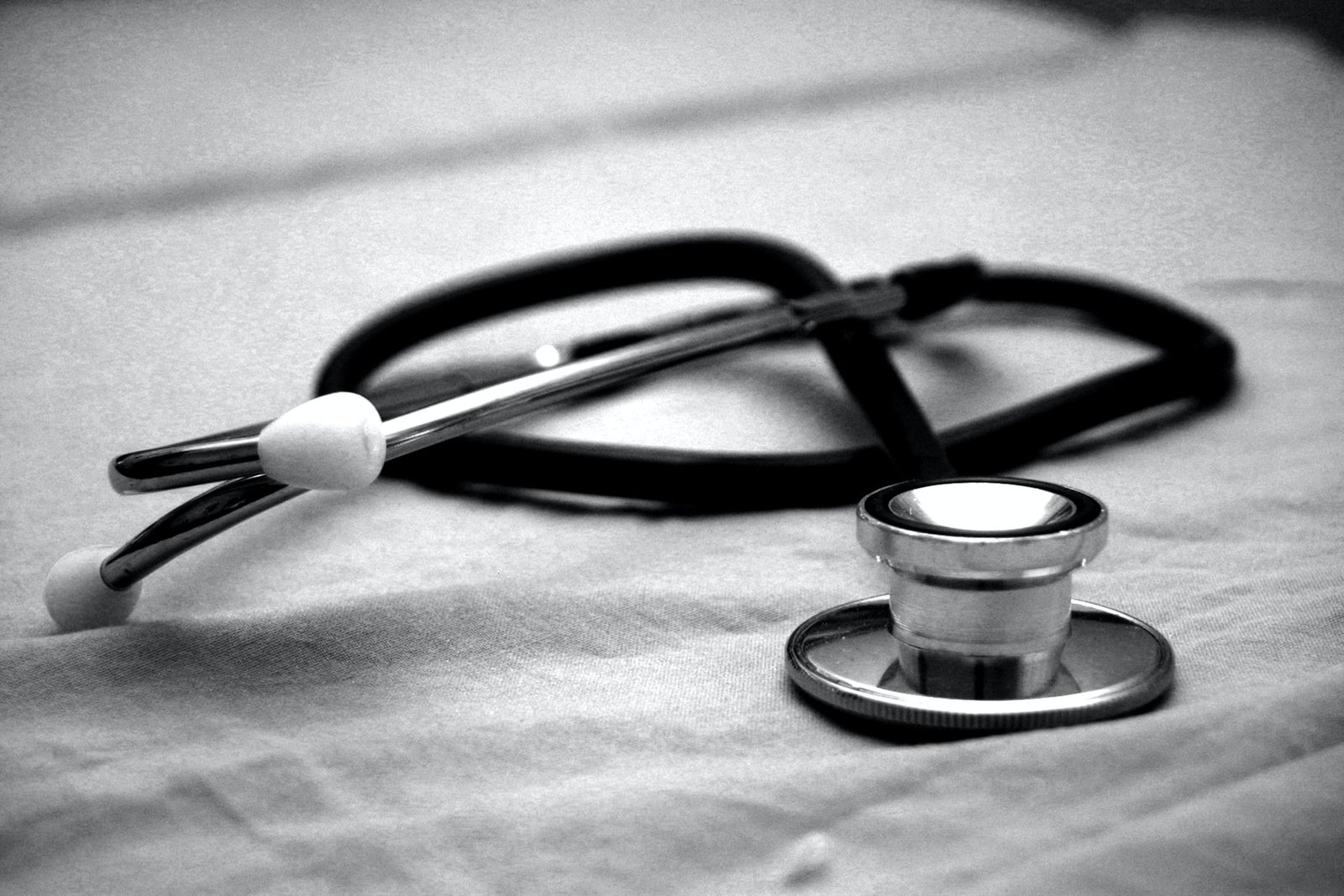Patient safety is a top concern for healthcare facilities and providers. There are many potential hazards that can threaten patients’ safety, and organizations that promote patient safety, such as ECRI.com, stress the importance of being aware of the most common ones. Keep reading to learn about the most common patient safety concerns.
Healthcare-Acquired Infections (HAIs)

Healthcare-acquired infections, also known as HAIs, are a serious patient safety concern. These infections can be contracted in a variety of ways, including through contact with other patients or healthcare workers, exposure to contaminated surfaces or equipment, or via the air. The most common types of HAIs include pneumonia, urinary tract infections, and bloodstream infections.
Despite advances in prevention and treatment methods, HAIs continue to cause significant harm to patients each year. In fact, it is estimated that they account for 1.7 million hospitalizations and 99,000 deaths annually in the United States alone. Some of the most common symptoms of an HAI include fever, chills, shortness of breath, nausea, and vomiting.
Patient Falls
One of the most common patient safety concerns is patient falls. Patient falls can cause serious injuries, including bone fractures and head injuries. Some patients may also experience a decline in their health after a fall. To prevent patient falls, healthcare facilities should take steps to identify patients who are at risk for falling and develop interventions to reduce the risk of falls. Some interventions that may help reduce the risk of patient falls include the following:
- Making sure patients have adequate lighting in their rooms and corridors
- Ensuring patients have safe walking surfaces
- Providing assistive devices such as walkers or canes to help patients move around safely
- Encouraging patients to stay active and mobile
- Monitoring patients’ medications, which can sometimes cause dizziness or drowsiness
- Developing protocols for responding to patient falls
Late Presentation of Diagnoses

The late presentation of diagnoses occurs when a patient does not present symptoms of a disease or condition until it has progressed to a more serious stage. As a result, the patient’s care may be delayed, or the treatment may be less effective. There are several reasons why patients may delay seeking medical help, including fear and denial. Patients may also wait to seek treatment because they believe their symptoms are not serious or they do not have time. There are several risks associated with the late presentation of diagnoses. For example, patients may miss opportunities for early intervention that could improve their prognosis. In addition, delayed treatment can lead to increased complications and even death. Finally, the late presentation can also increase the cost of care for patients.
There are several ways to reduce the risk of late presentation of diagnoses. One important step is to raise awareness about the importance of early diagnosis and treatment. Healthcare providers can also play a role in raising awareness by educating patients about the signs and symptoms of common illnesses and conditions.
Surgical Fires
Surgical fires are a rare but potentially devastating patient safety concern. They can occur when an electrosurgical tool produces sparks that ignite flammable materials near the surgical site. Inhaling smoke or fumes from a surgical fire can cause serious injury or death. The most common causes of surgical fires are inadequate preparation of the surgical area (including failure to remove flammable materials), use of inappropriate tools or equipment, and operator error. Other potential causes include inadequate ventilation, electrical faults, and the use of oxygen-rich gases.
Preventing surgical fires requires a multidisciplinary team approach, with everyone involved in the surgery playing a role in ensuring patient safety. Key steps include proper preparation of the surgical area, use of appropriate tools and equipment, careful handling of flammable materials, and adequate ventilation. Overall, patient safety is of the utmost importance in the medical field. It is crucial that healthcare providers are aware of the above concerns and take steps to prevent them from occurring.

